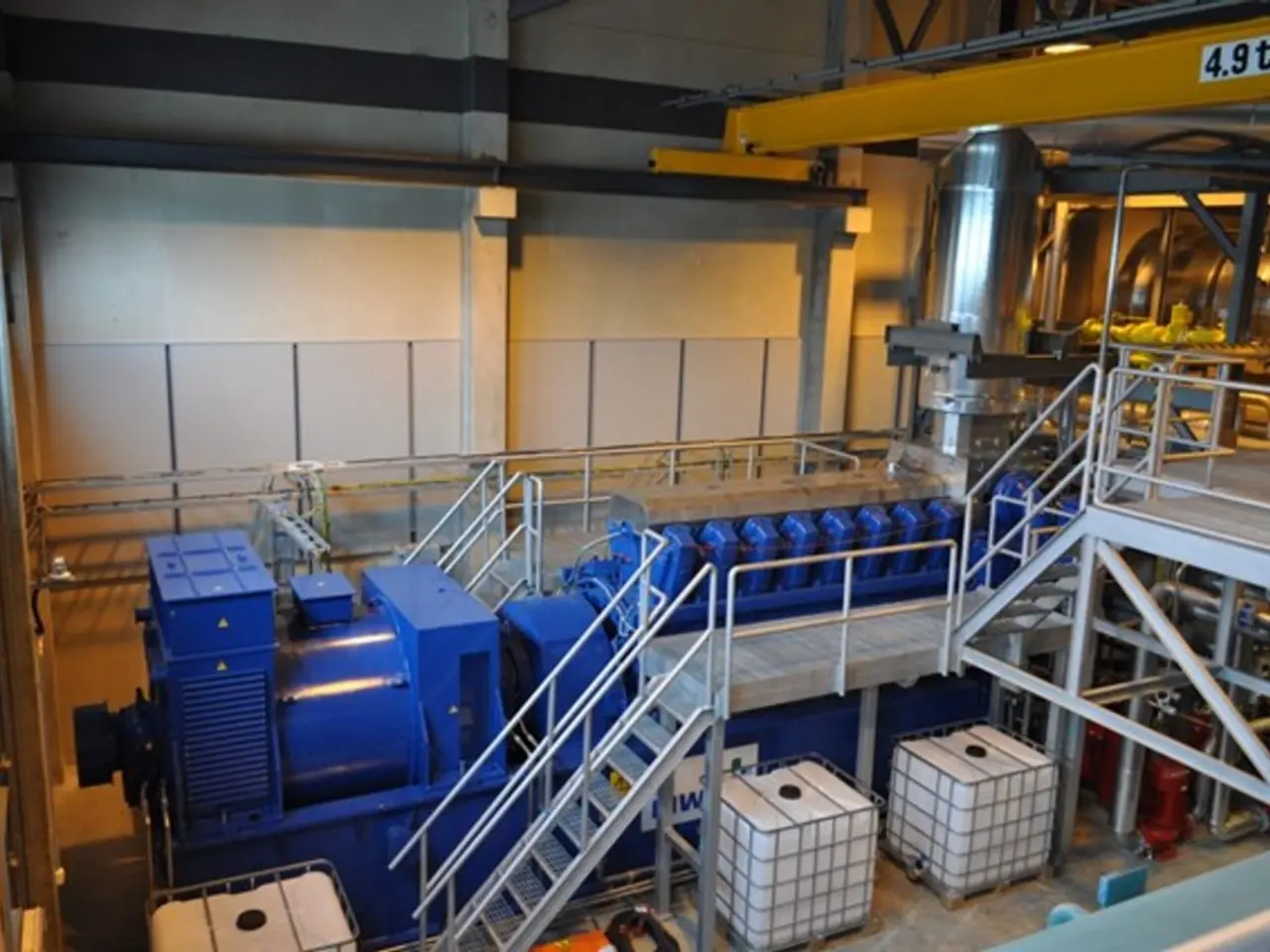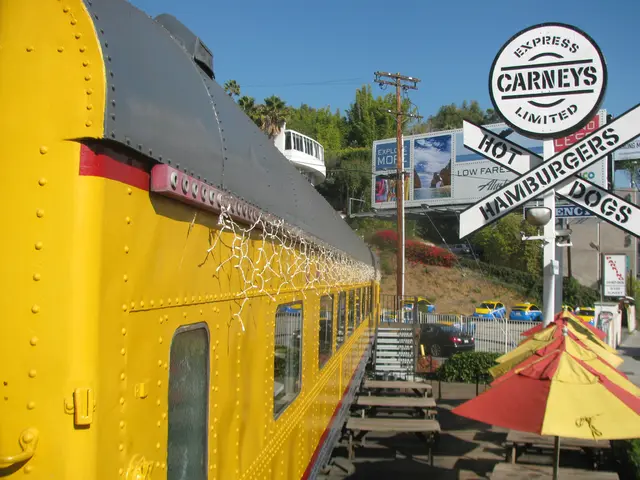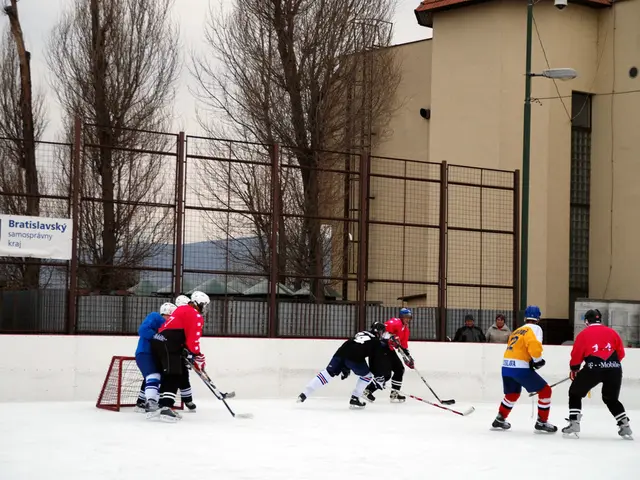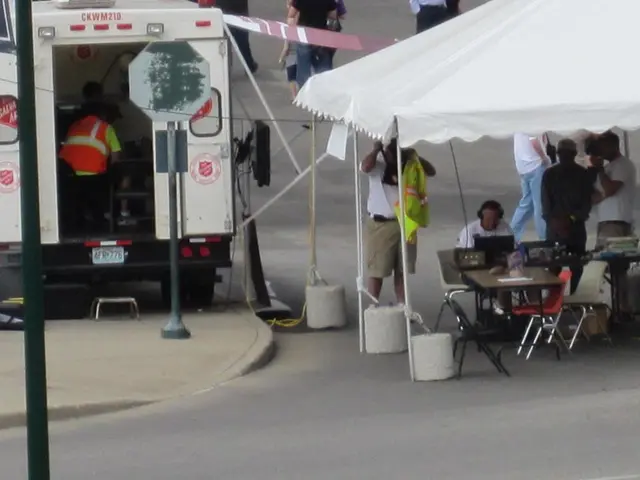"Split in the communication line between the two shelters"
In the heart of Lisbon, on September 3, a tragic incident occurred that shook the city. The Gloria funicular, a historical means of transportation in operation since 1914, was involved in a derailment that resulted in 16 fatalities and about twenty injuries.
The events unfolded in less than 50 seconds, starting at 6 p.m. (1 p.m. EST), when the funicular's cabins were stationed in their respective stations. As the cabins began their journey, an unexpected turn of events occurred. Cabin No. 2 reversed direction, while Cabin No. 1 continued its descent, increasing speed despite the conductor's attempts to brake.
The two cabins are connected by a cable that balances their weight via a large reversible wheel located underground. Unfortunately, a few moments after the departure of the funicular, the cable disconnected, causing the chaos that ensued.
The derailed funicular vehicle overturned, laterally impacting the upper part of a building, frontally impacting a public lamp post and a support of the electric aerial network, and ending against another building. The impact occurred at a speed of approximately 60 km/h, approximately 170 meters after the start of the journey, at the beginning of a right curve.
The cause of the derailment was later determined to be the disconnection of the cable between the two cabins. Initial investigations into the accident were conducted shortly after the derailment on the same day, involving the Office for the Prevention and Investigation of Accidents in Civil Aviation and Rail (GPIAAF) and the tram operator Carris, at the location of the incident near the bottom of the line close to Avenida da Liberdade.
The exact number of passengers in each cabin at the time of the accident is not currently known. The accident resulted in the deaths of five Portuguese and eleven foreigners.
The Gloria funicular consists of two yellow wagons that travel up and down via a counterweight system. Despite the scheduled visual inspection on the morning of the accident not detecting any anomalies on the cable, the incident highlights the need for continuous monitoring and maintenance of such historical infrastructure.
Our thoughts are with the families and friends of those affected by this tragic event. The investigation continues to uncover the full details of what led to this unfortunate incident.
Read also:
- Lu Shiow-yen's Challenging Position as Chair of the Chinese Nationalist Party (KMT) Under Scrutiny in Donovan's Analysis
- "The concept of 'corporate feudalism' is not viable"
- Theory of Broken Windows: Historical Background, Interpretation, and Debate
- Doctor expresses uncertainty about the girl wounded in the church shooting's outcome








